The Arizona Inn was founded in 1930 by Isabella Greenway, Arizona’s first congresswoman and a lifelong friend of Eleanor Roosevelt.12 about 5 years after her second husband’s death.
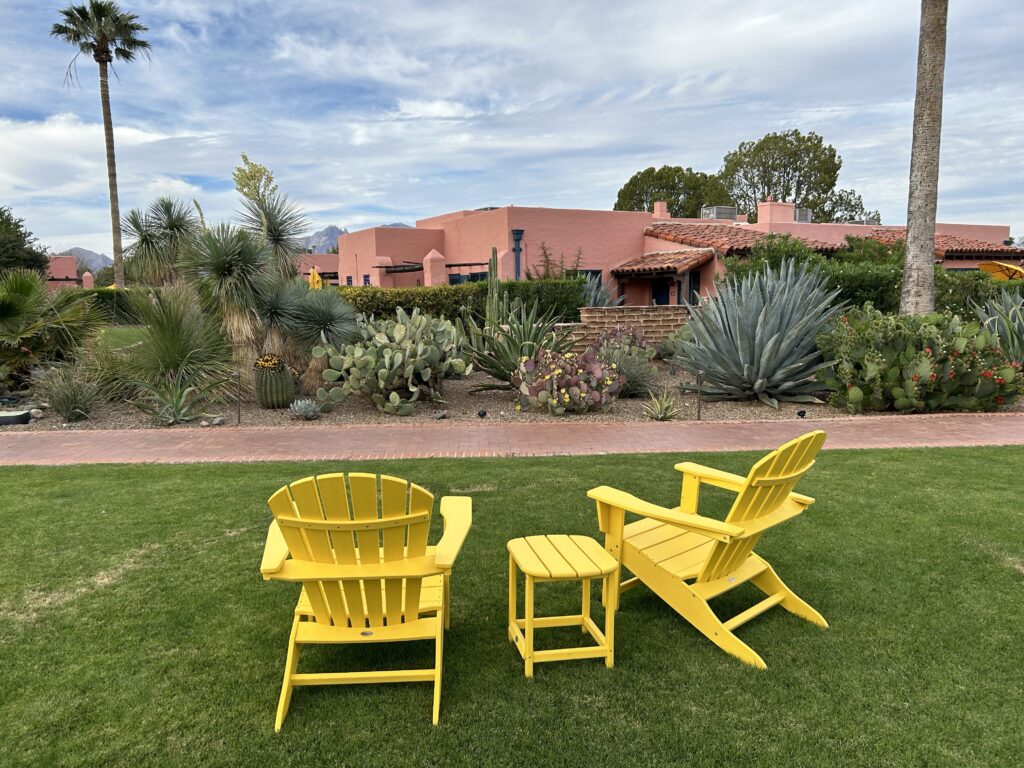
Greenway created the Inn as a way to provide employment for disabled World War I veterans who were convalescing from mustard gas lung damage in Tucson at the time.12
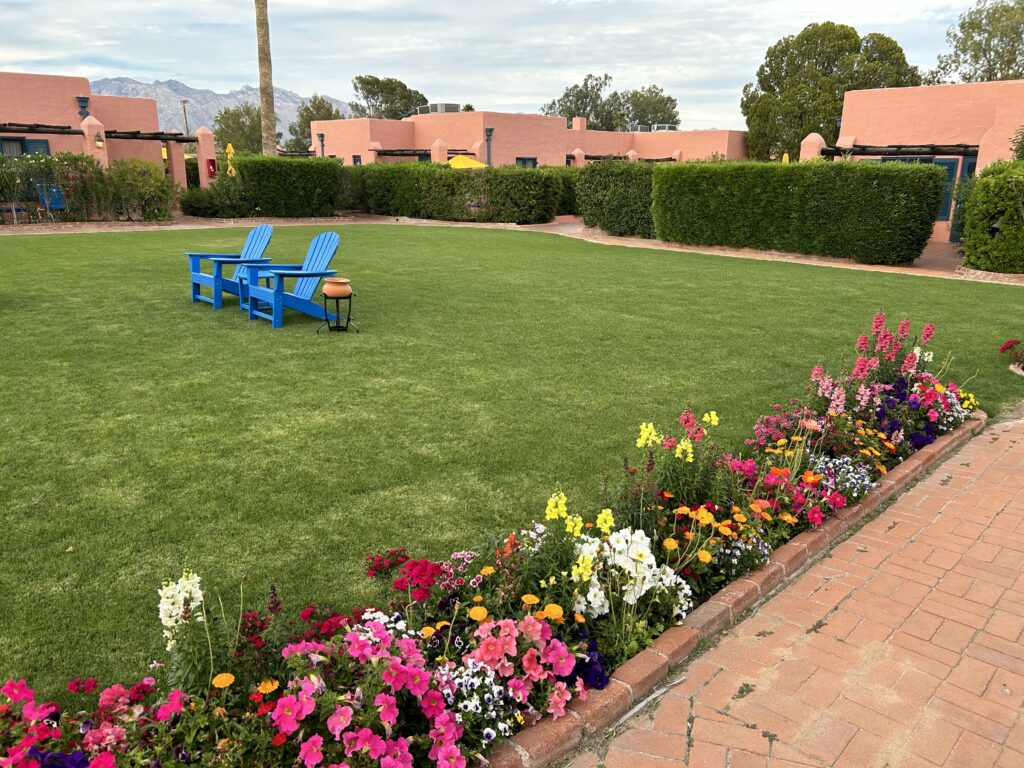
The Inn opened on December 18, 1930 and has been family-owned and operated ever since, with Greenway’s descendants overseeing its care and restoration for nearly a century.12
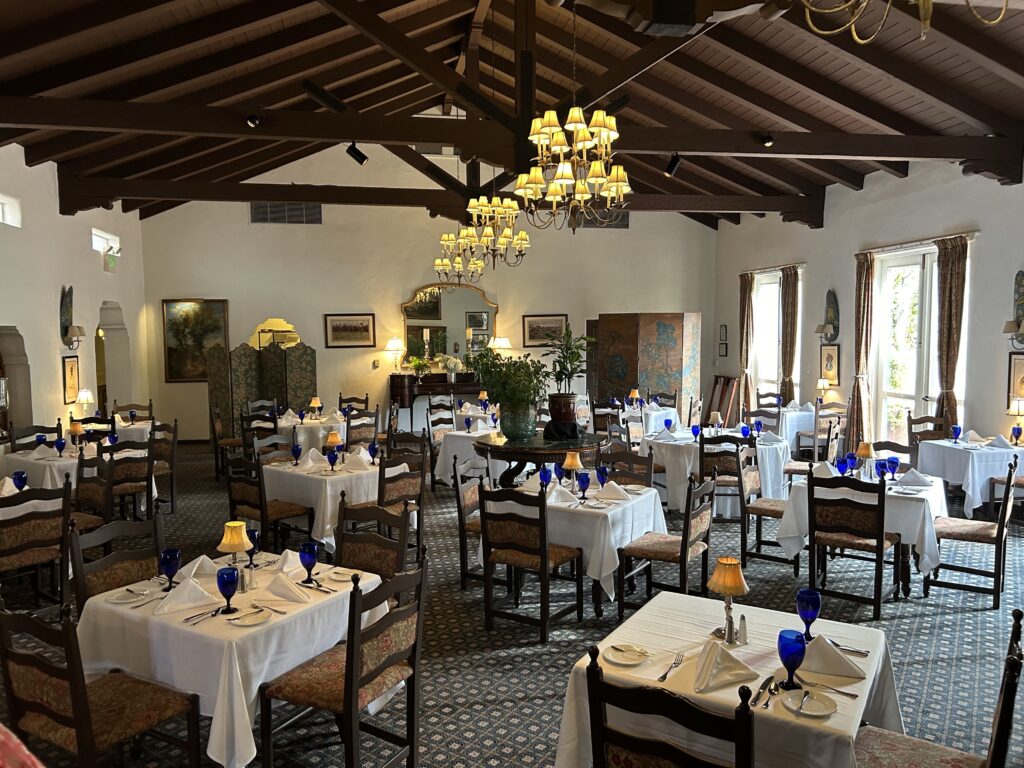
The Arizona Inn has hosted many famous guests over the years, including Katharine Hepburn, Spencer Tracy, and John F. Kennedy.3 It has also been a favorite destination for other notable figures such as the Duke and Duchess of Windsor.5
The Inn’s commitment to “privacy, quiet, and sunshine” has made it a beloved Tucson landmark for decades.13
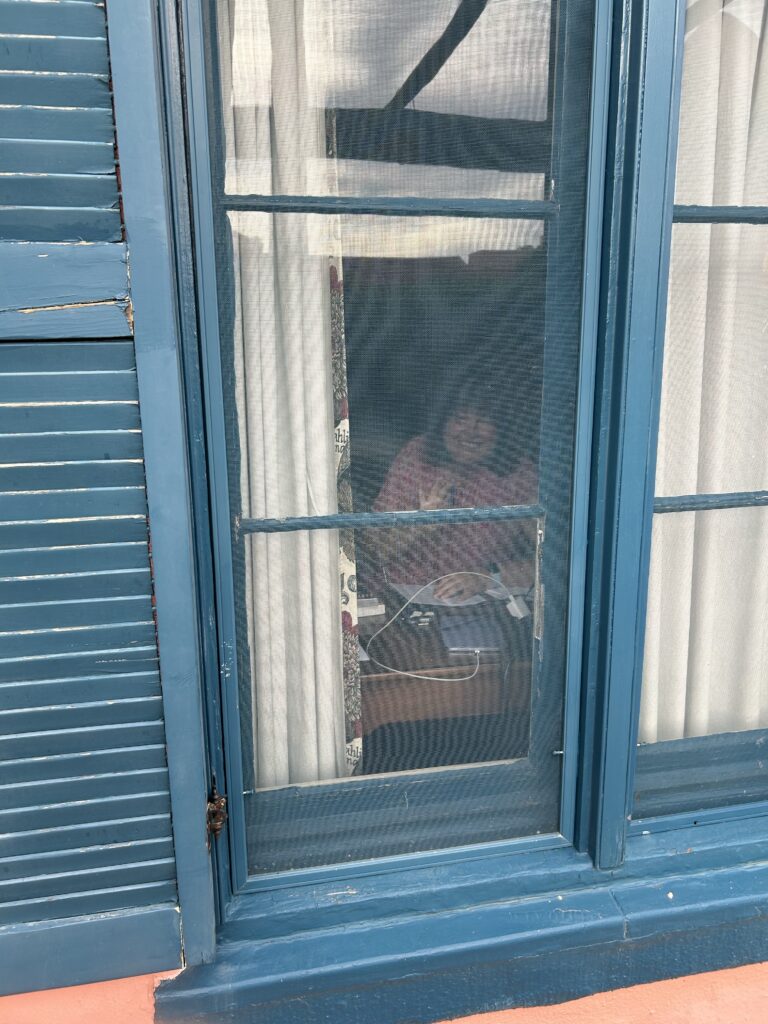
We stayed at the Arizona Inn in April of 2024 after visiting Bisbee, following mining history involving Isabella Greenway’s second husband.
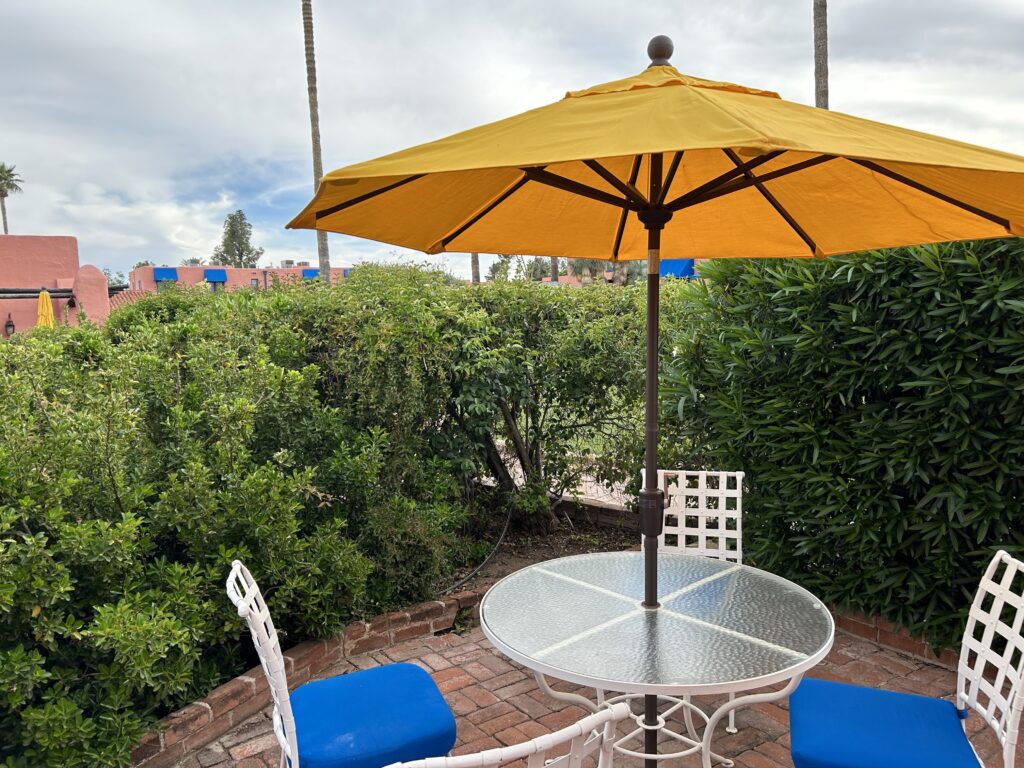
Greenway’s Second Husband
John Campbell Greenway’s contributions to the mining industry in Arizona were significant and far-reaching. He played a crucial role in the development of the mining industry in the state, particularly in the areas of Bisbee and Ajo.
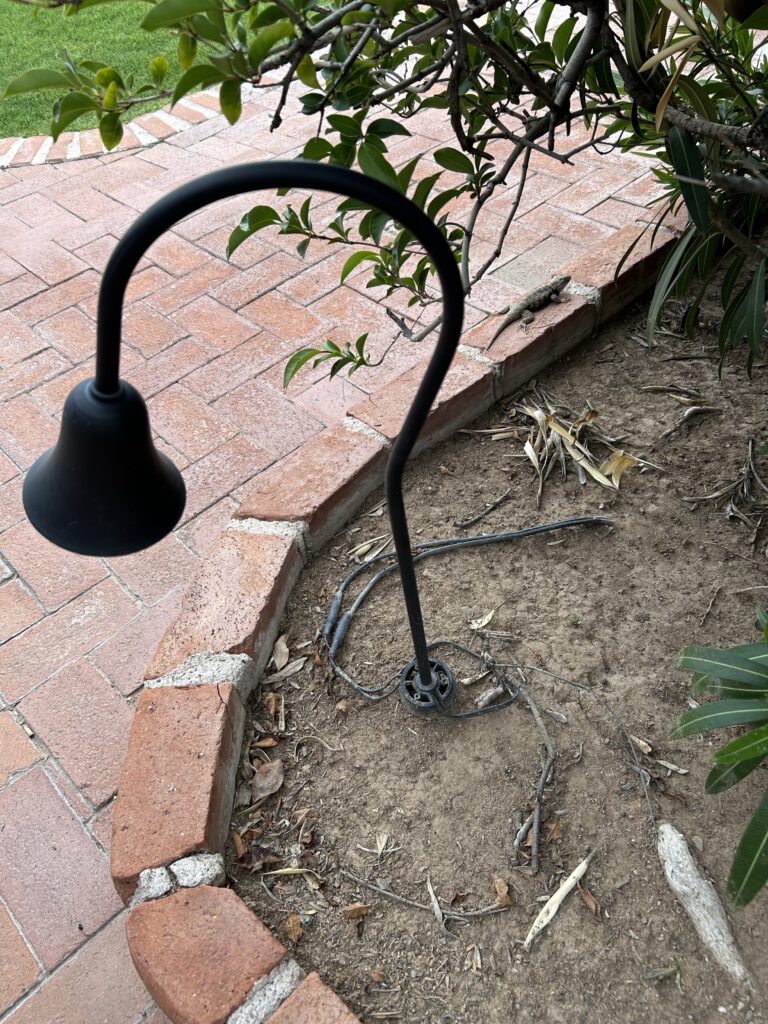
Greenway’s career in the mining industry began with his work for U.S. Steel Corporation, where he led the development of the Western Mesabi Iron Ore Range in Minnesota3. In 1910, he moved to Arizona to manage copper mines owned by Calumet and Arizona Co. at Bisbee3.
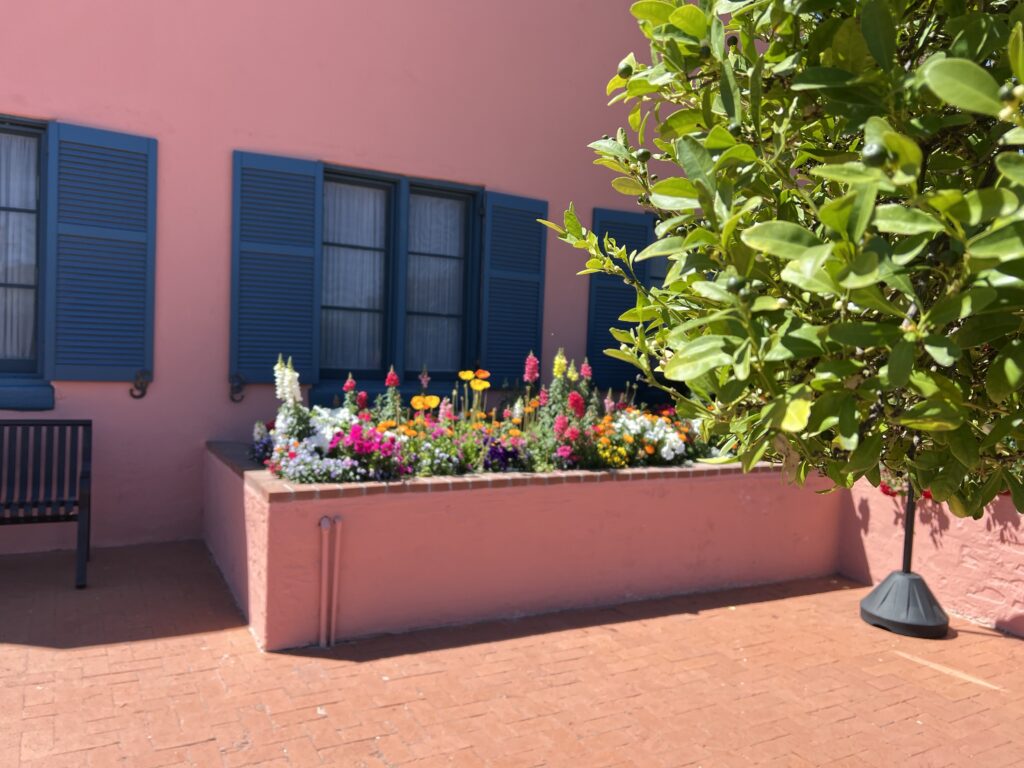
In 1911, Greenway saw the potential in the Ajo mine, which had been abandoned due to the difficulties of extracting the ore without water and processing it efficiently. The potential likely involved a rail road.
- The Arizona and Southeastern Railroad (A&SE) was built in 1902 to connect the mining town of Bisbee to Benson, where it connected to the Southern Pacific transcontinental mainline1.
- Later, the A&SE was extended from Benson to Tucson in 19122.This provided a rail connection between the booming mining town of Bisbee and the larger city of Tucson.
- The A&SE was a subsidiary of the El Paso and Southwestern Railway, which was focused on serving the mining industry in the region14.
- The railroad allowed for the efficient transportation of mining materials, supplies, and personnel between Bisbee and the wider rail network accessed through Tucson and Benson123.
In summary, the primary purpose of the railroad connection between Bisbee and Tucson was to support the mining industry centered in Bisbee by providing a direct rail link to the broader transportation network. The railroad facilitated the movement of mining-related goods and people between the two cities.
John Campbell Greenway negotiated with John Boddie to buy the New Cornelia Copper Company for Calumet and Arizona.
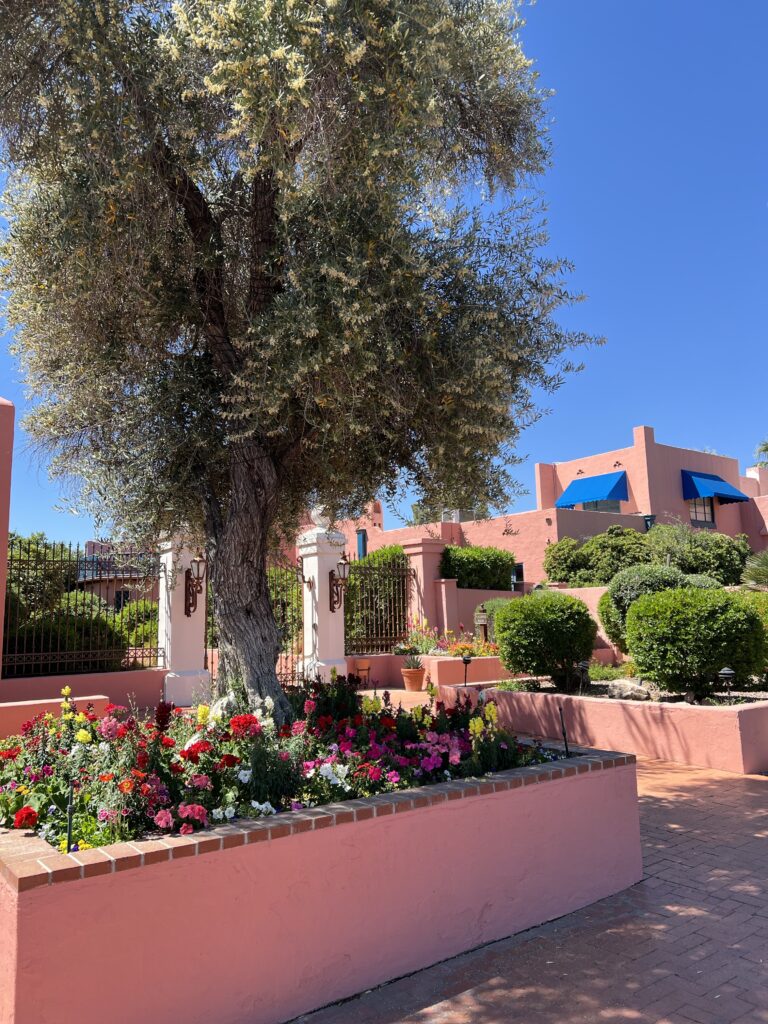
Greenway faced challenges such as the lack of water, the low-grade copper deposit, and the resistance of the ore to conventional processing methods. To overcome these challenges, he led the development of the Ajo town site, found an ancient lava flow north of Ajo, and tapped it using a large oil rig. He also developed a new process for leaching ores with dilute sulfuric acid in lead-lined vats followed by electrowinning copper directly from solution, yielding cathode-grade copper2. This innovative approach turned the Ajo mine into a profitable business.
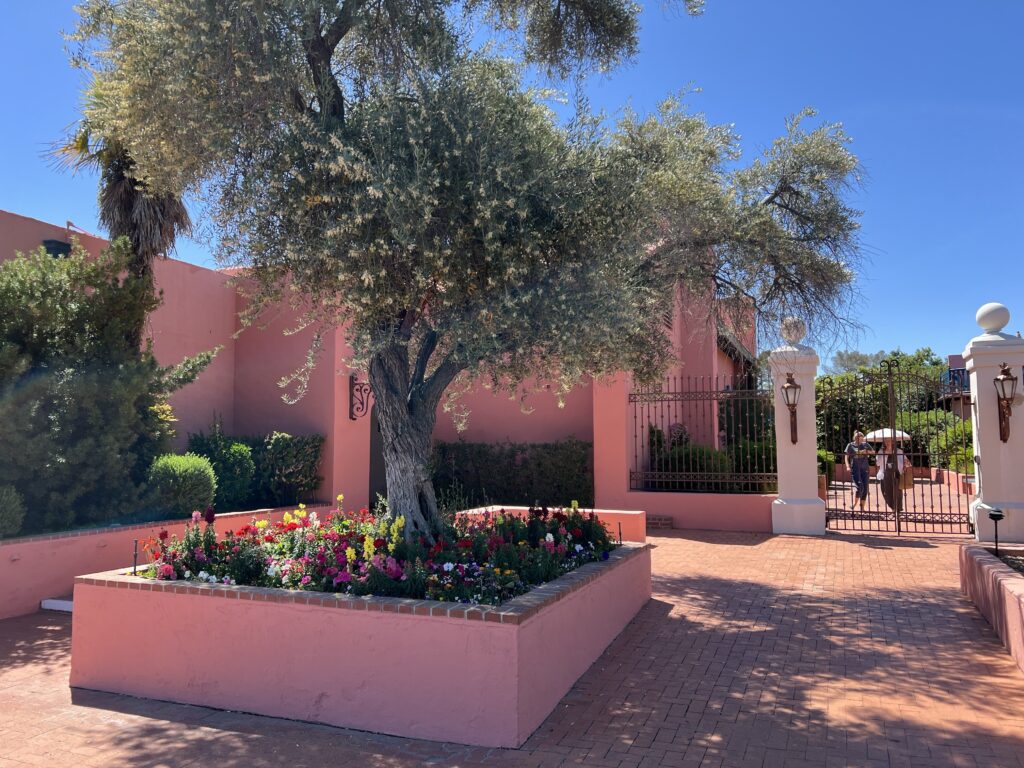
Greenway’s legacy in the mining industry extends beyond Ajo. He was also involved in the development of the towns of Marble and Taconite, Minnesota; Ajo, Arizona; and Los Lamentos and Chihuahua, Mexico6.
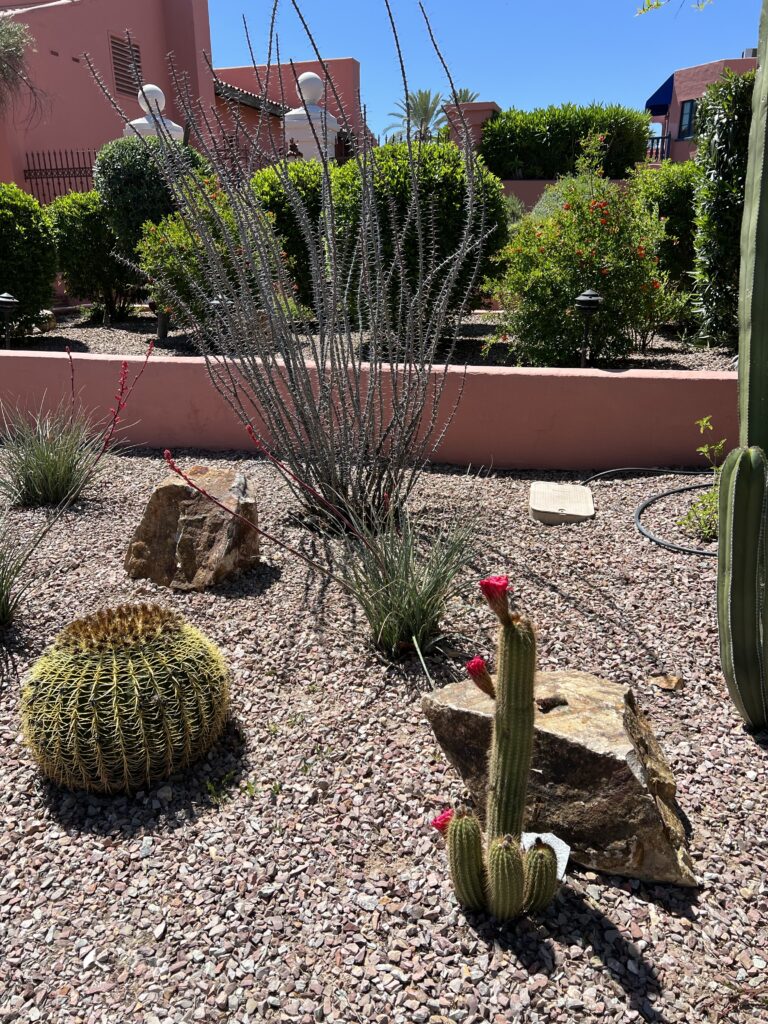
His contributions to the mining industry in Arizona were recognized with a statue placed in the U.S. Capitol’s National Statuary Hall Collection in 19305.
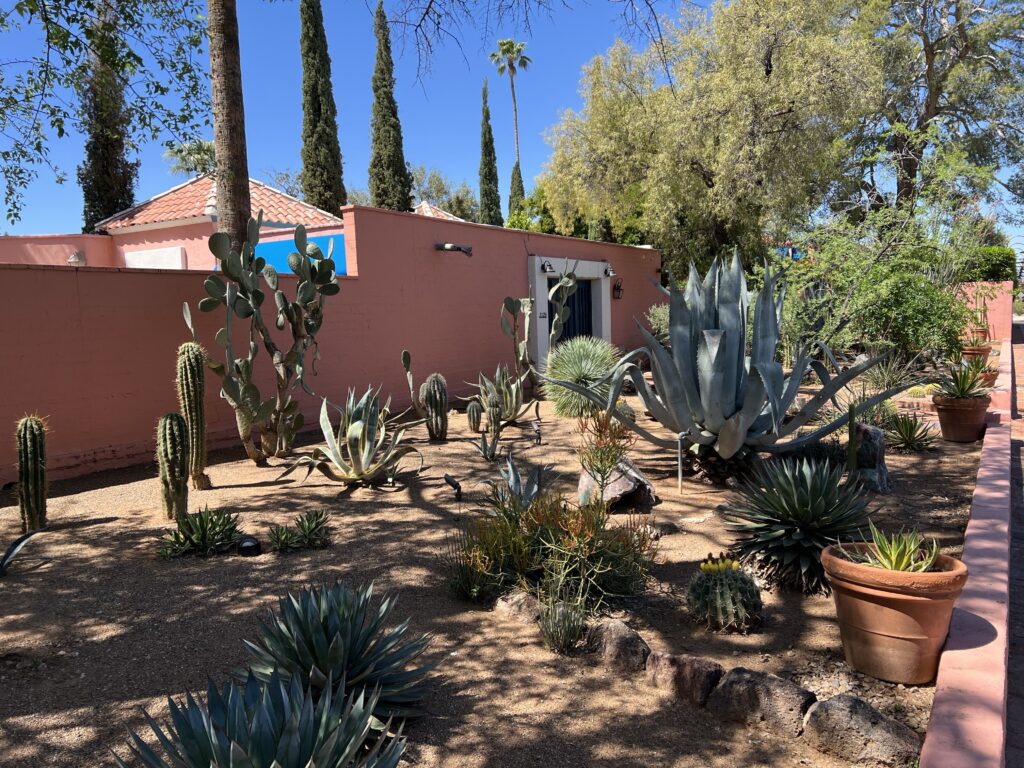
Greenway’s impact on the mining industry in Arizona is a testament to his vision, creativity, and determination in overcoming challenges and unlocking the potential of mineral resources.
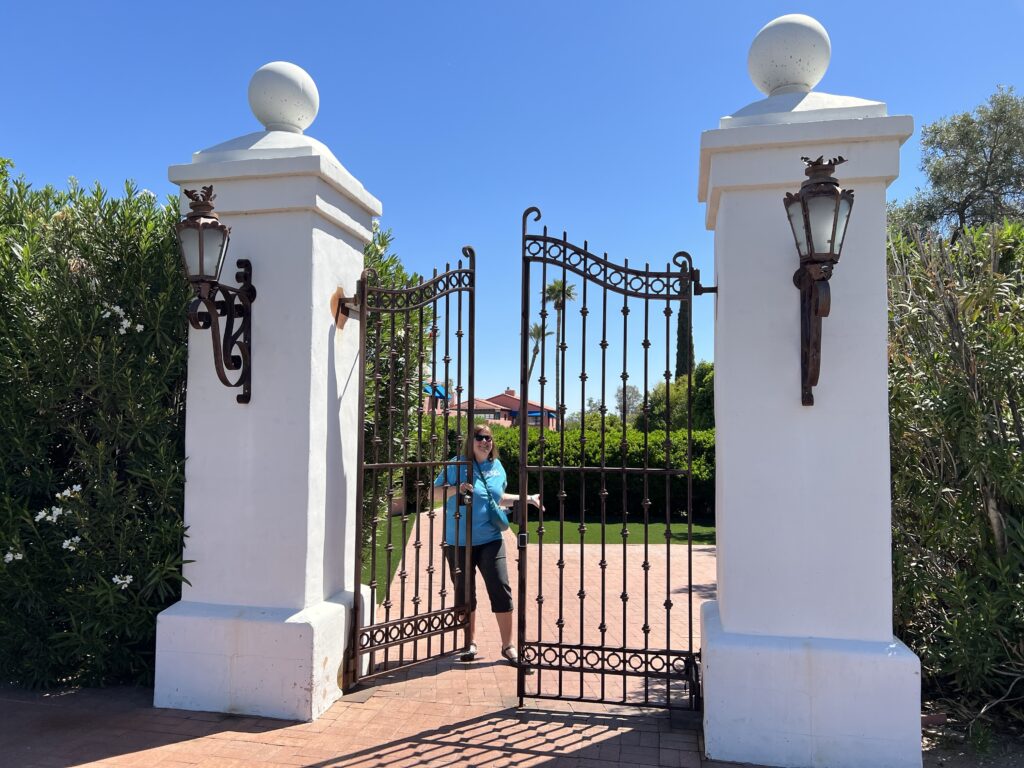
The first copper leaching operation in North America that John Campbell Greenway organized was at the New Cornelia Copper Company in Ajo, Arizona1. Greenway, who was the general manager of the Calumet and Arizona Copper Company in Bisbee, saw the potential in the Ajo mine, which had been abandoned due to the difficulties of extracting the ore without water and processing it efficiently. He convinced the Calumet and Arizona to obtain an option on the available stock of the New Cornelia Copper Company at Ajo, with the belief that the massive sulfide ore deposit contained 50 million tons of copper1.
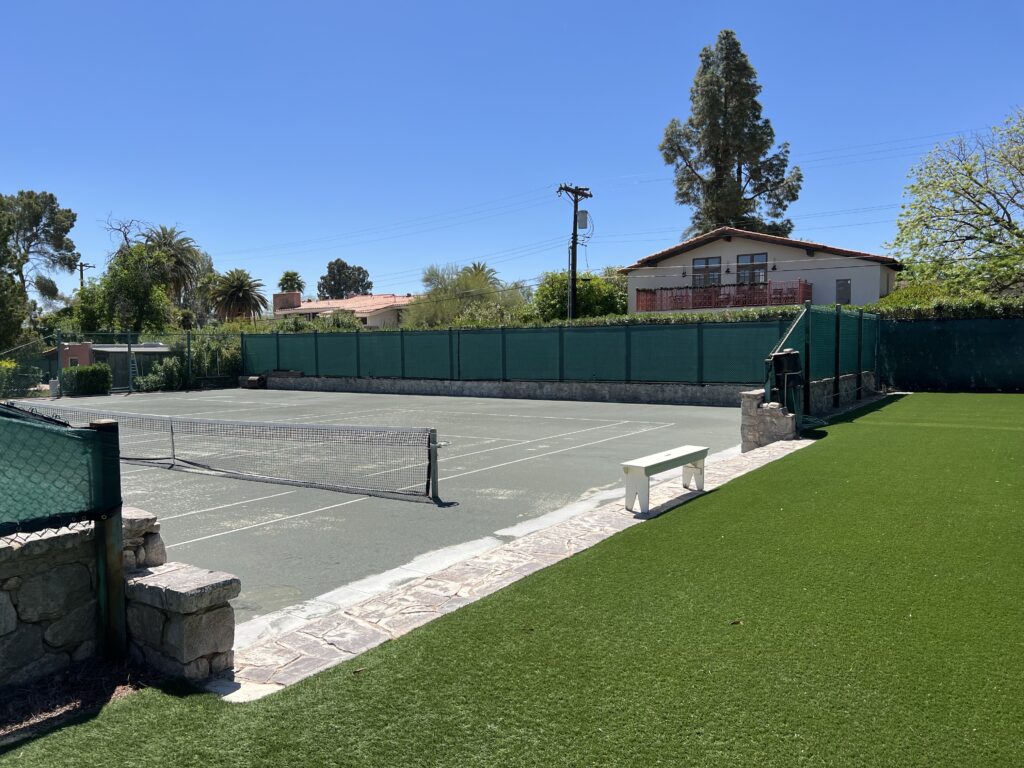
However, the extraction would be costly, as the deposit lay over 120 million tons of low-grade copper ore overburden estimated to cost $6 million to remove1.
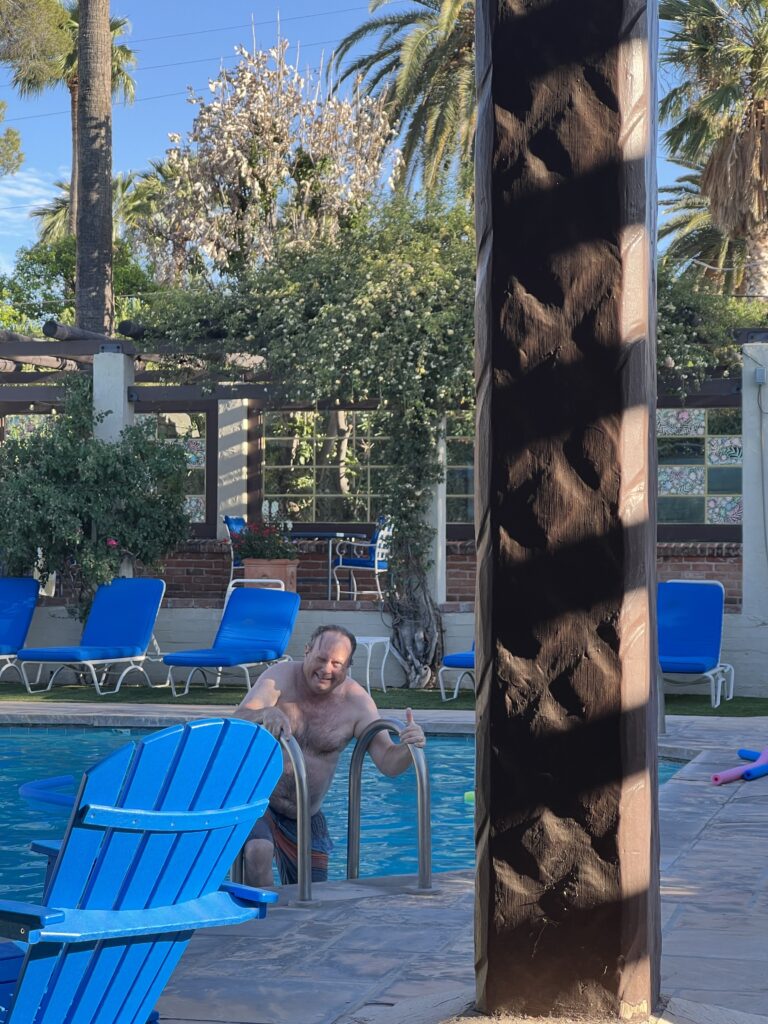
Greenway’s engineering acumen enabled him to discover a method for treating the oxidized overburden on a large scale. Using the Ajo leaching process, which he is credited with developing, Greenway proved that the overburden could be processed with sulphuric acid, enabling its copper content to be recovered by electrolysis1.
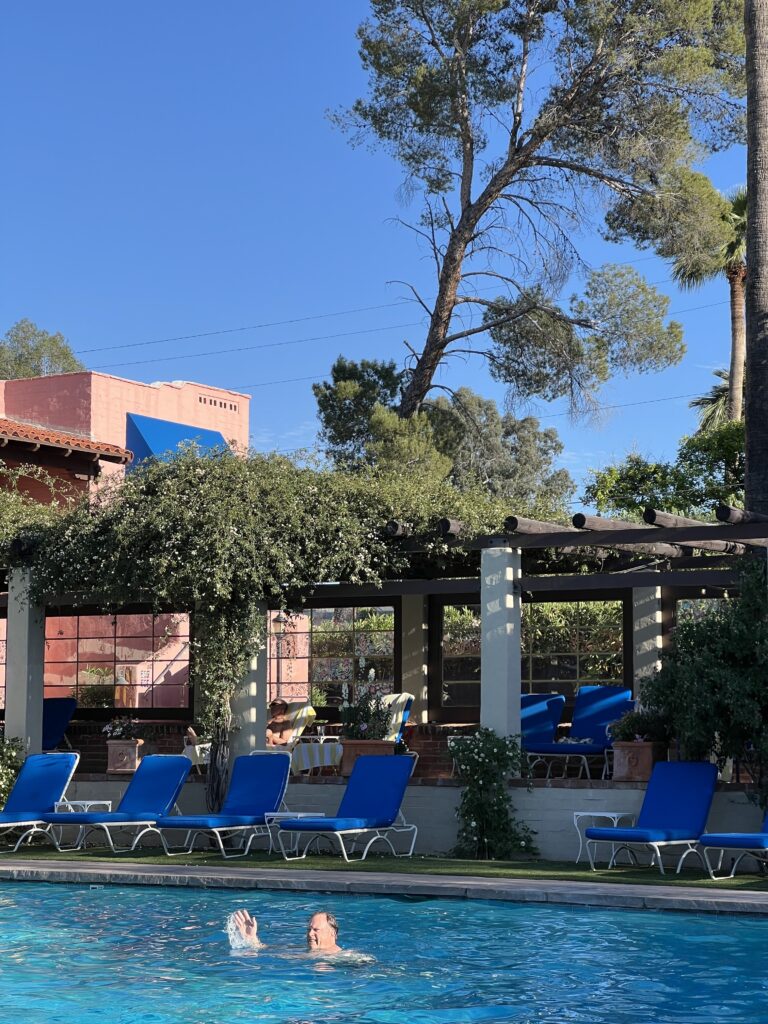
This discovery, made at a small one-ton-per-day plant at Douglas, evolved into a 5,000-ton leaching plant which removed the overburden at a profit1.
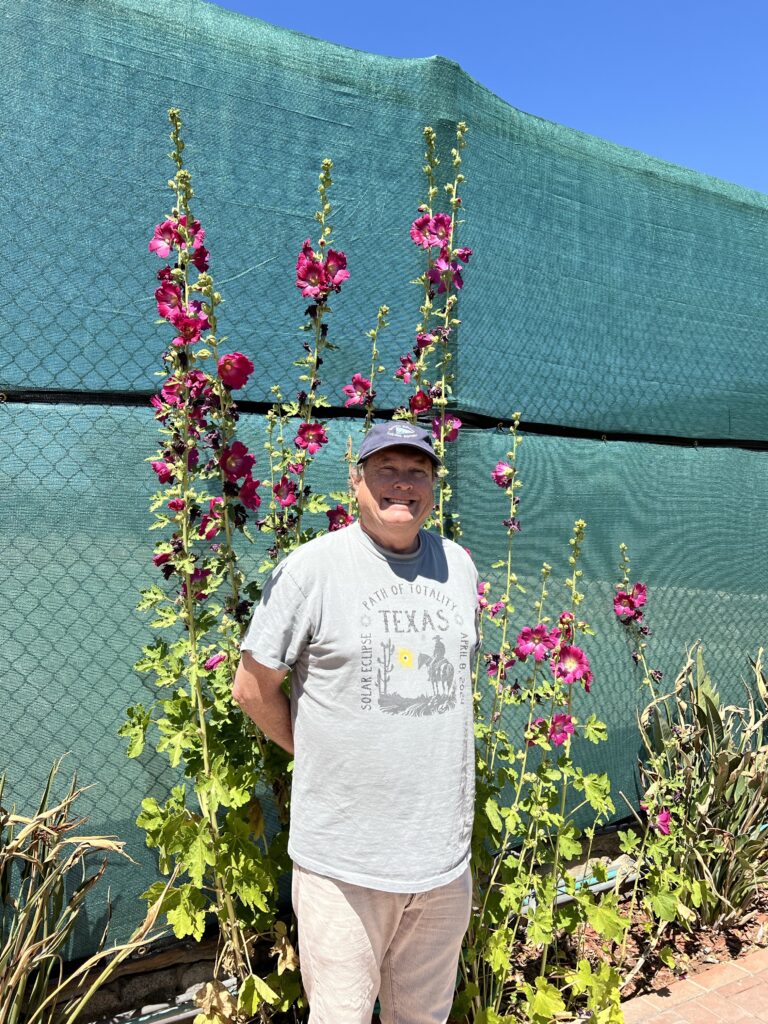
The Ajo leaching process was a significant breakthrough in the mining industry, as it allowed for the efficient extraction of copper from low-grade ores. Greenway’s contributions to the mining industry in Arizona, particularly in the development of the Ajo mine, were instrumental in the growth and success of the copper mining industry in the state.
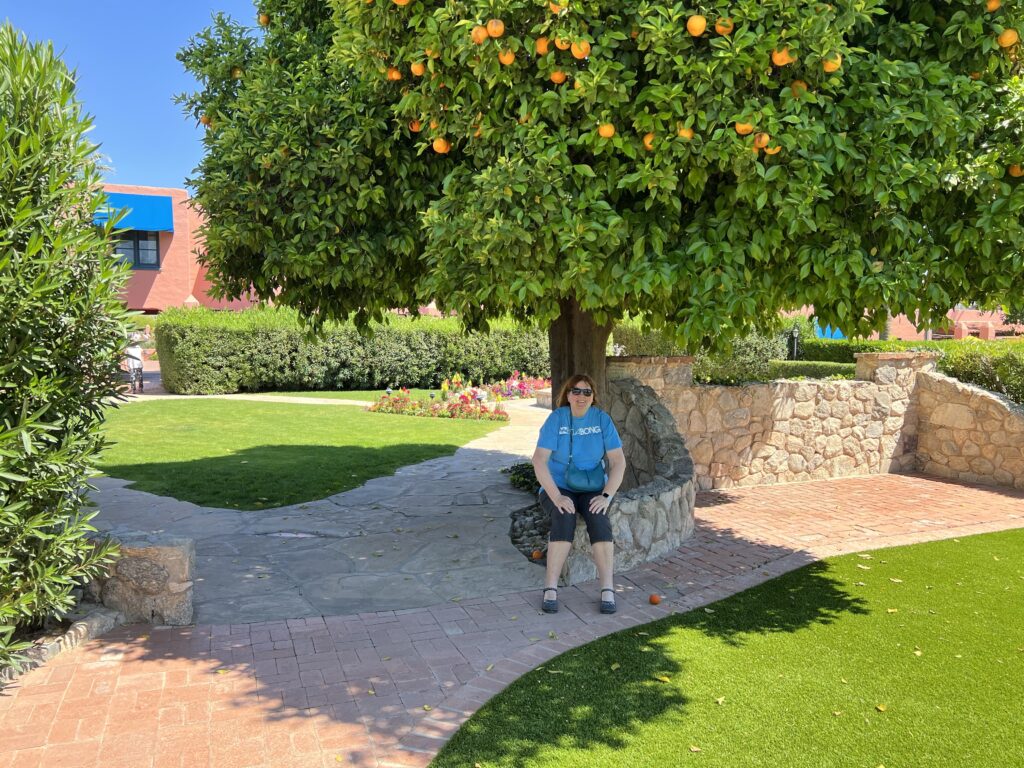
Based on the information provided in the search results, the key points regarding John Campbell Greenway’s business activities and wealth are:
- Companies merged under Greenway:
- Greenway negotiated with John Boddie to buy the New Cornelia Copper Company for Calumet and Arizona Co. in Bisbee, Arizona1.
- Greenway developed the Ajo mine and turned it into a profitable business for Calumet and Arizona Co.1
- Inheritance by his wife:
- After the death of Greenway’s first wife, Robert H.M. Ferguson, in 1922, Greenway married Isabella Greenway in 19233.
- Isabella Greenway inherited Greenway’s wealth after his death in 1926. She sold mining stock three years later.
- Association with Santa Barbara:
- The search results mention that John Selmes Greenway, Greenway’s son with Isabella Greenway, was born in Santa Barbara in 19243.
- However, there is no other information provided about Greenway himself having any direct association with Santa Barbara.
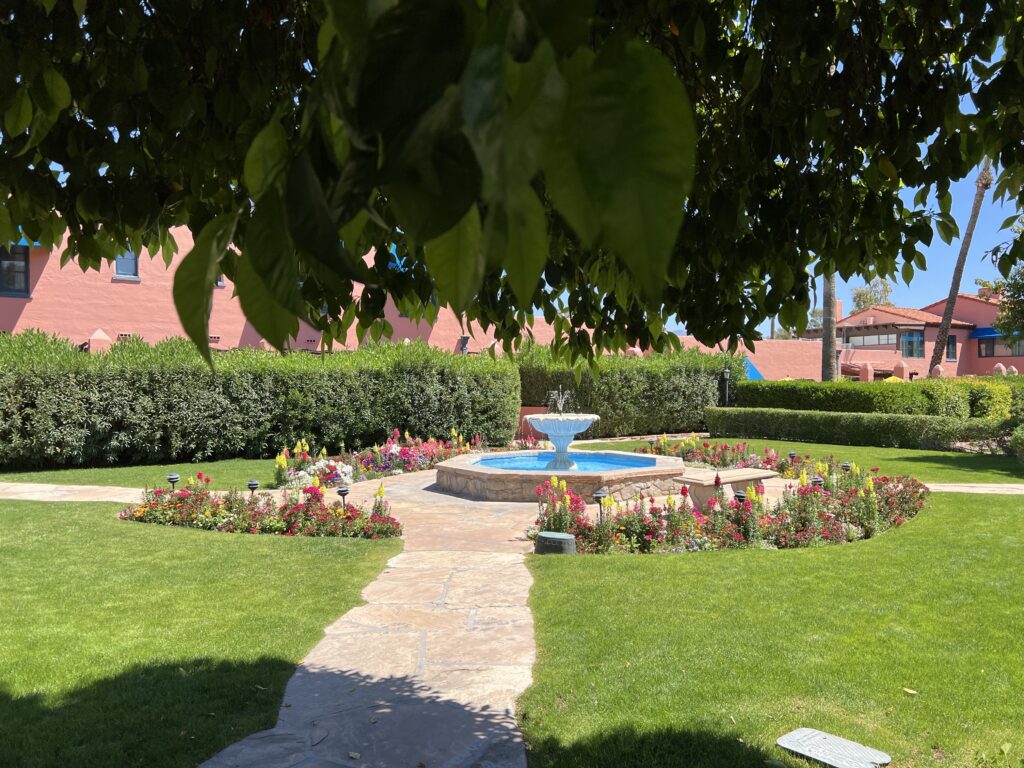
In summary, the search results indicate that Greenway was involved in merging the New Cornelia Copper Company with Calumet and Arizona Co. and developing the Ajo mine. The results also mention Greenway’s son being born in Santa Barbara, but do not suggest Greenway himself had a strong connection to that city.
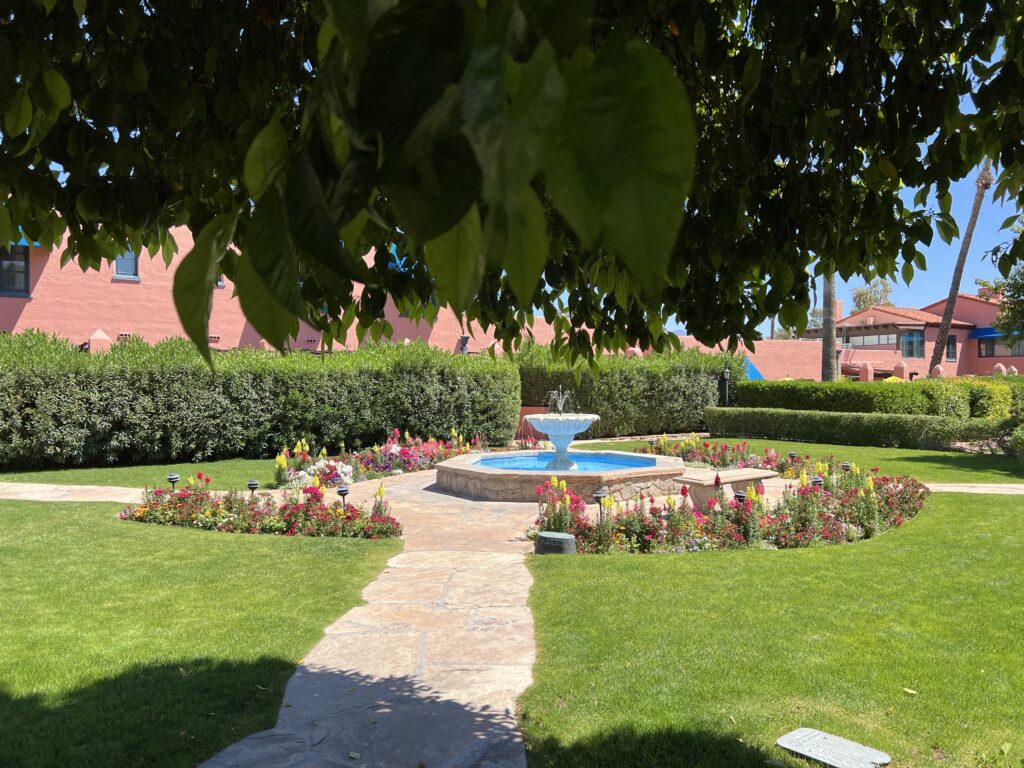
Roughriders
Isabella Greenway’s two husbands were both associated with Teddy Roosevelt and World War I in the following ways:
- Robert Munro Ferguson (first husband):
- He was one of Theodore Roosevelt’s “Rough Riders” during the Spanish-American War in 189812.
- Roosevelt urged Ferguson to take a vacation for his health, which led the family to relocate to New Mexico in 19102.
- Roosevelt and the Ferguson family remained friends, with Roosevelt visiting them in New Mexico in 1913 and confiding in Ferguson after the death of his son Quentin in 19182.
- John Campbell Greenway (second husband):
- He was also one of Theodore Roosevelt’s “Rough Riders” during the Spanish-American War12.
- Greenway served in World War I and commanded infantry, returning home as a brevetted Brigadier General2.
- Greenway was nominated, unsuccessfully, as the Democratic vice presidential candidate in 19244.
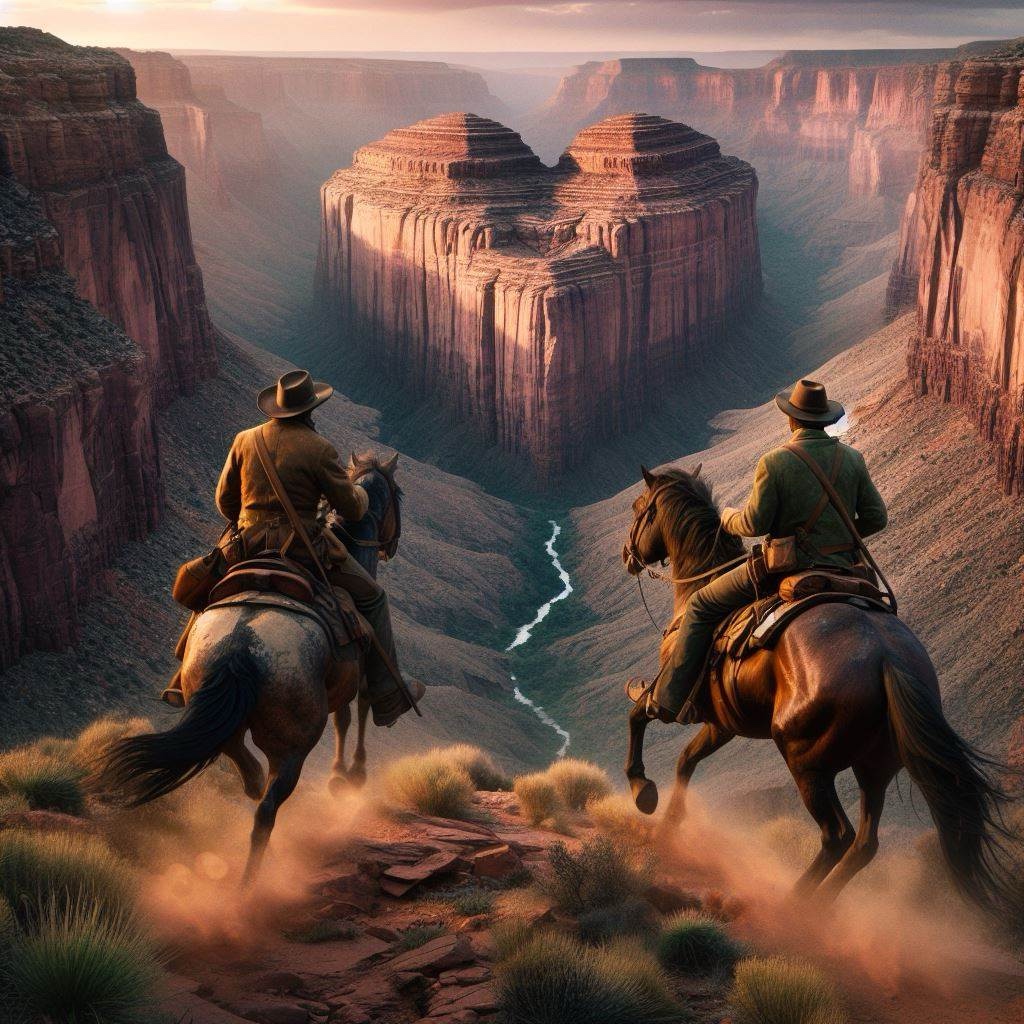
In summary, both of Isabella Greenway’s husbands had close connections to Theodore Roosevelt through their service as Rough Riders in the Spanish-American War and loved her. Additionally, her second husband, John Campbell Greenway, served with distinction in World War I, rising to the rank of Brigadier General.
Isabella Greenway’s two husbands’ close relationships with Theodore Roosevelt were instrumental in shaping her own political career. Their associations with Roosevelt provided Isabella access to influential political networks and likely helped launch her own involvement in Arizona politics, culminating in her election to the U.S. House of Representatives in 19323. Her husbands’ ties to Roosevelt were a significant factor in Isabella Greenway’s rise to become Arizona’s first congresswoman.
In 1932, when FDR was running for president, he came to the Quarter Circle XX Ranch for a meeting of Arizona politicians and to help then-owner Isabella Greenway in her successful campaign to be the first woman elected to Congress from Arizona. The connection with the Roosevelts continued as Eleanor Roosevelt’s two sons worked as cowhands on the ranch and one summer were joined by a Rockefeller son.
Isabella’s son, Jack, also gave a job to the son of another famous family friend. Frank Boice was inducted into the Cowboy Hall of Fame in 1958 for his contributions to the cattle industry.12
John Selmes Greenway
The Arizona Inn was built in 1930-1931 by Isabella Greenway with the following purpose in mind:
- To provide a “simple, home-like, cottage hotel, complete in its luxuries and convenience of service, and built with the desire to give its guests privacy, quiet and sunshine.”1
- To create a market for the furniture being produced by the Arizona Hut, a successful business Greenway had started that employed World War I veterans to build furniture.4
- To establish a thriving destination resort in the small town of Tucson, which had a population of only 32,000 at the time, during the Great Depression.4
The search results indicate that Greenway’s vision for the Arizona Inn was to create a peaceful, luxurious retreat that would provide privacy, quiet, and sunshine for its guests. Additionally, the Inn served as a way for Greenway to support the Arizona Hut furniture business and establish Tucson as a destination resort during a challenging economic period. It was also less than 300 miles from the Quarter Circle XX Ranch which Isabella purchased after her second husband’s death as they had planned. Each summer Arabian horses were moved to the ranch from Tucson.
The historic .. Ranch outside of Williams has a long and storied past—FDR planned his political future there, Arabian horses roamed the land as part of the country’s largest purebred horse training operation, it was 16-year-old George W. Bush’s first job, and, long before environmental conservation became an important national topic, the Southwest’s movers and shakers gathered in its buildings to discuss water conservation, population growth and the ecological diversity of the Colorado Plateau.
Today, (April 2021) a donation by Theodore Roosevelt’s great-granddaughter places the 300-acre ranch into the care of Northern Arizona University,
The NAU Review
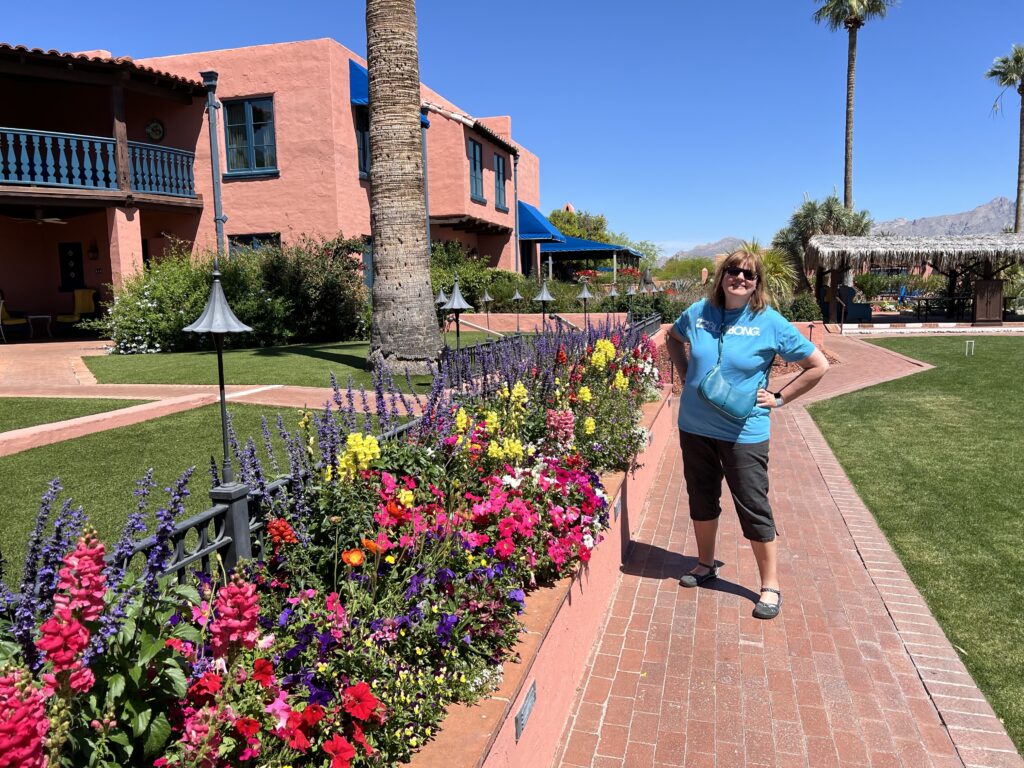
The Grand Canyon Trust has a conservation easement on the acreage ensuring that commercial development and large-scale cattle grazing will not be permitted on the property.
Based on the information provided in the search results, the key points about John Selmes “Jack” Greenway’s business activities are:
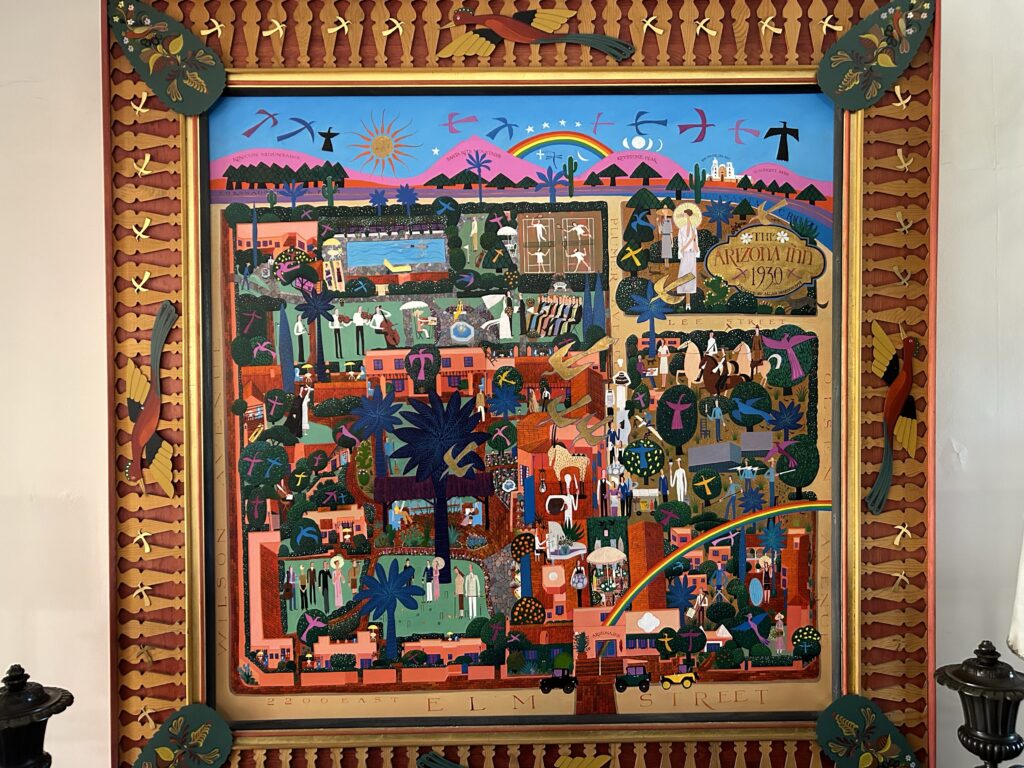
- Arizona Inn:
- John Selmes “Jack” Greenway owned the Arizona Inn, which was built by his mother, Isabella Greenway, in 19302.
- He “lovingly preserved and diligently modernized the Inn over the years to preserve its status as an oasis in the desert”2.
- Other businesses:
- Greenway was actively engaged in ranching at the family’s Quarter Circle Double X Ranch in Williams, Arizona until its sale in 19772.
- He served as a director of Southern Arizona Bank and was a board member of the University of Arizona Foundation2.
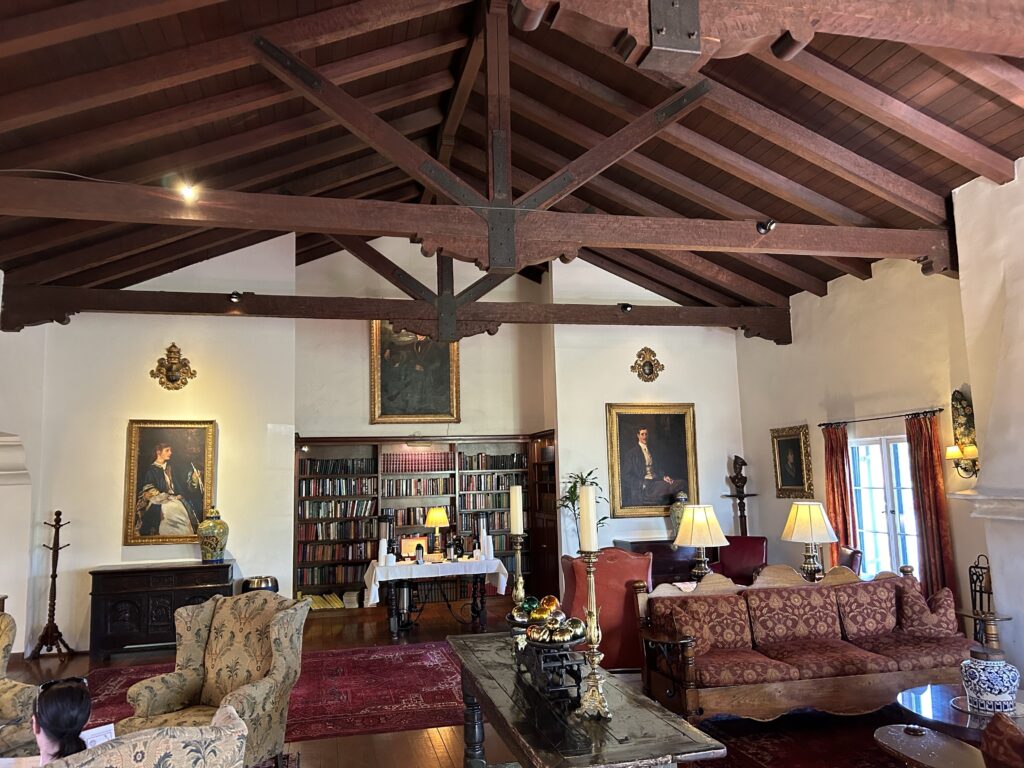
In summary, the key business activities of John Selmes “Jack” Greenway were:
- Owning and managing the Arizona Inn in Tucson, which was founded by his mother
- Ranching at the family’s Quarter Circle Double X Ranch in Williams, Arizona
- Serving on the boards of various organizations, such as the Southern Arizona Bank and the University of Arizona Foundation
The search results do not indicate that he ran any other major businesses besides the Arizona Inn and his involvement in the family ranch.
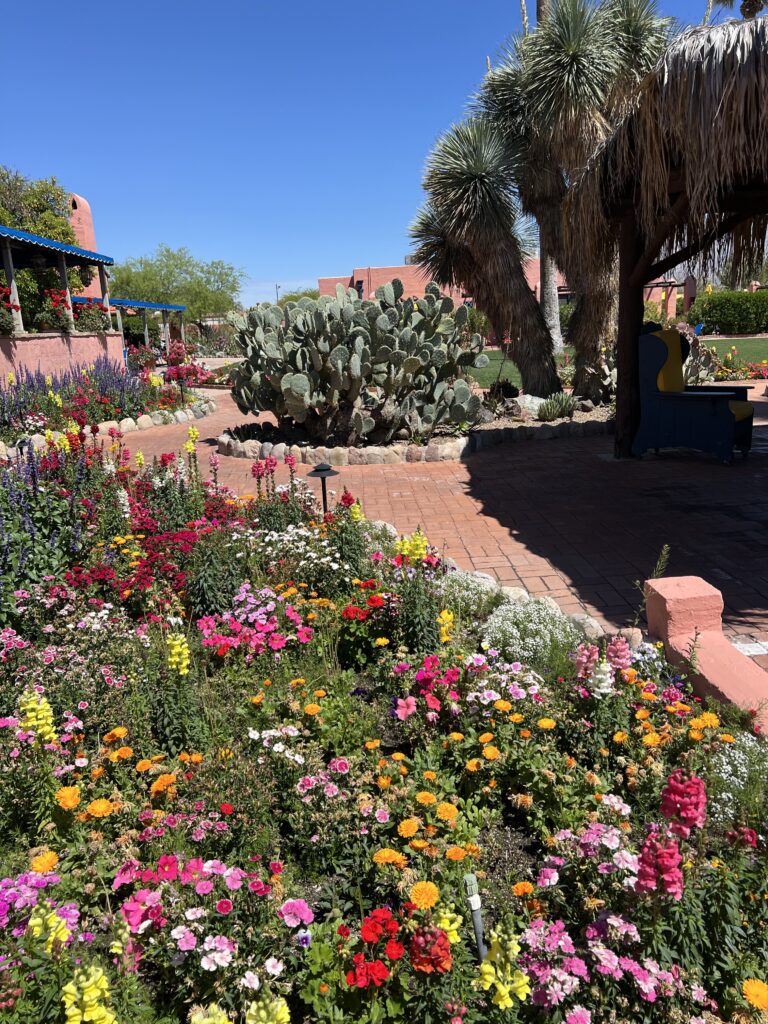
According to the search results, John Selmes “Jack” Greenway made the following significant contributions to the Tucson business and political community:
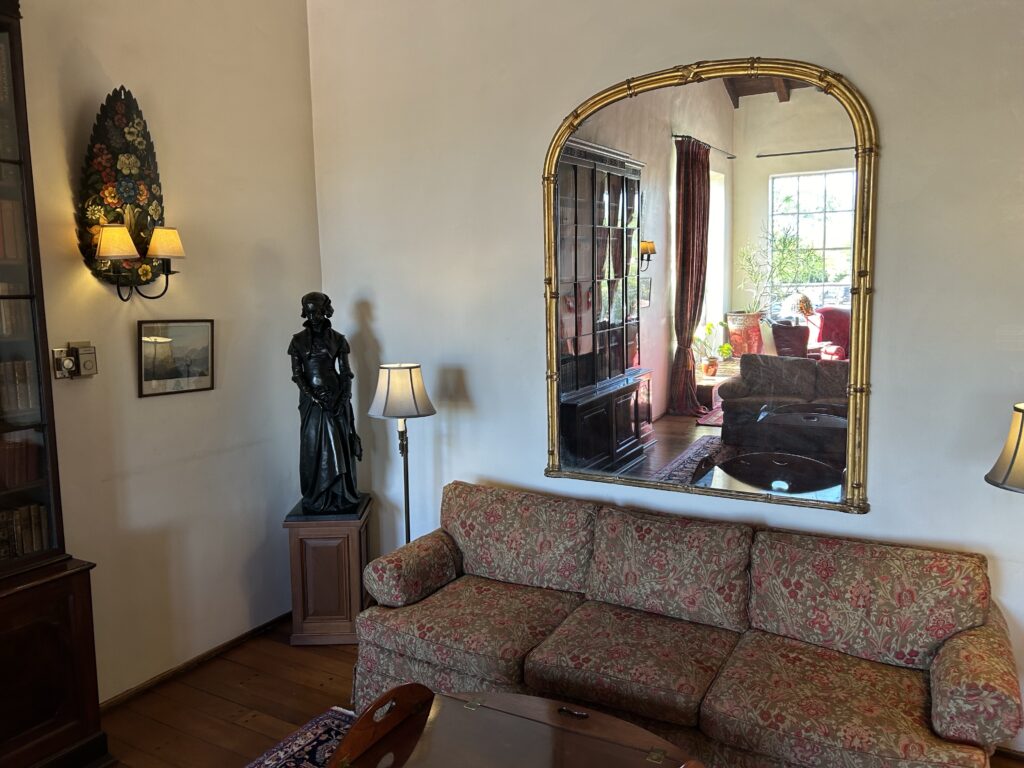
- Arizona Inn:
- He “lovingly preserved and diligently modernized the Inn over the years to preserve its status as an oasis in the desert”12. The Arizona Inn was founded by his mother, Isabella Greenway, in 1930.
- Community Leadership and Philanthropy:
- He served as the chairman of the Pima County Democratic Central Committee2.
- He was a director of the Southern Arizona Bank and a board member of the University of Arizona Foundation2.
- He served as the board president of the Arizona-Sonora Desert Museum and was a board member and officer of the Arizona Historical Society2.
- He was a trustee of St. John’s College in Santa Fe, New Mexico2.
- He was described as a “formative community leader and prominent philanthropist as the city [of Tucson] expanded”2.
- Ranching:
- He was actively engaged in ranching at the family’s Quarter Circle Double X Ranch in Williams, Arizona until its sale in 19772 to Arabian horse breeder Bazy Tankersley. This indicates the new owner’s interest was in the ranch’s livestock operations, rather than any potential development or use of the land near the Grand Canyon.

In summary, John Selmes “Jack” Greenway made significant contributions to the Tucson business and political community through his leadership and stewardship of the iconic Arizona Inn, his involvement in various community organizations and boards, and his philanthropic efforts as the city of Tucson grew and developed.
Jack and two other children of Isabell Greenway eventually inherited the farm in Kentucky where Isabella was born.
Kentucky’s status during the Civil War and any connections between Isabella Greenway and slavery are:
- Kentucky was a border state during the Civil War and did not officially secede from the Union, despite having strong pro-Confederate sentiments:
- There is no indication in the search results that Isabella Greenway herself ever addressed the issue of slavery:
- The information focuses on Greenway’s political career, the founding of the Arizona Inn, and her family’s history, but does not mention her views or statements regarding slavery123.
- The search results do not contain any evidence that Greenway commented on or took a stance on the institution of slavery.
- However, the search results do reveal that the Dinsmore family, on whose farm Greenway was born, and where she and Jack are buried, did utilize slave labor:
- The Dinsmore Homestead in Kentucky, where Greenway was born, had a history of enslaved individuals living and working on the property in the 19th century12. Today that history is well discussed when visited.
- The search results provide details about specific enslaved people associated with the Dinsmore family and their plantation.
In summary, while Kentucky had strong Confederate sympathies during the Civil War, it did not officially secede and join the Confederacy. The search results do not indicate that Isabella Greenway herself addressed the issue of slavery, but they do reveal that the Dinsmore family, with whom she is associated, owned slaves on their Kentucky plantation. Prior to her second marriage Isabella relied on her Dinsmore roots to assist her and two children while her first husband suffered from and eventually died of tuberculosis.
According to the search results, Isabella Greenway had several professions before becoming a congresswoman:
- Entrepreneur and business owner:
- She started a furniture company in Tucson in 1927 called Arizona Hut to employ disabled veterans.12
- She founded the Arizona Inn, an upscale hotel in Tucson, which she opened on December 18, 1930.2
- She owned an airline called Gilpin Airlines in Los Angeles at one point.4 this was useful while campaigning in Arizona.
- She owned and expanded a cattle ranch near Williams, Arizona.2
- Political activist and organizer:
- She worked to get voters for Theodore Roosevelt’s Bull Moose ticket in 1912.4
- During World War I, she developed and directed the New Mexico Women’s Land Army, a network of women farmers.2
- She served on the Grant County Board of Education in New Mexico after the war.2
- She was the Democratic Committeewoman for Arizona, helping to reorganize the local party.2
So in summary, before becoming a congresswoman, Isabella Greenway was an accomplished entrepreneur, business owner, and political organizer and activist.124
In 1981, Greenway was posthumously inducted into the Arizona Women’s Hall of Fame as a member of the inaugural cohort.


